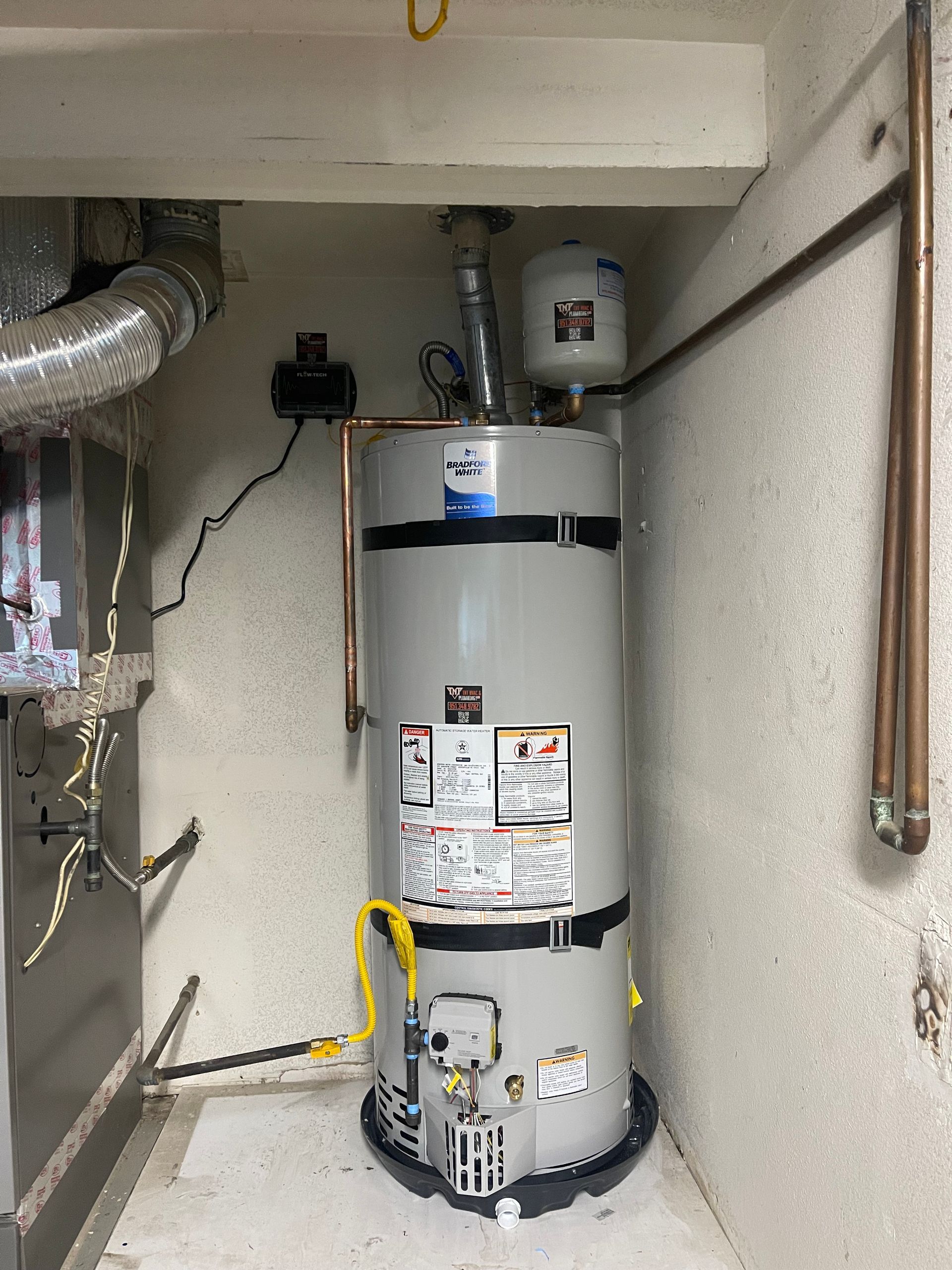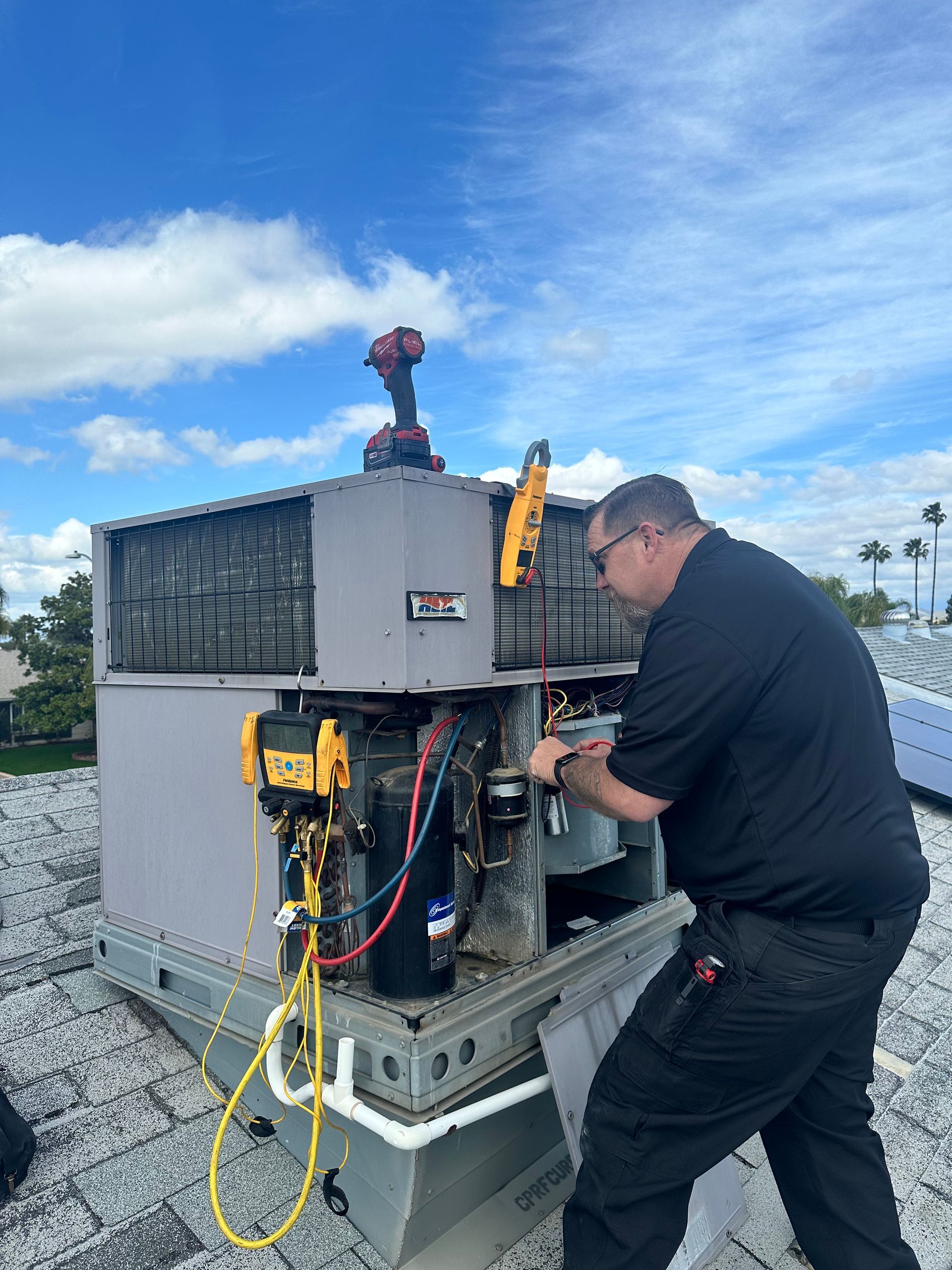Understanding Water Quality: The Plumber's Choice System
TnT Plumbing Heating & Air preferred Water quality system

Understanding Water Quality: The Plumber's Choice System
Water quality is an essential aspect of our daily lives, influencing everything from our health to our home plumbing systems. Maintaining pristine water quality in your home is more critical than ever, and the Plumber's Choice System offers an innovative approach to ensuring that the water you and your family consume is safe and clean.
What is the Plumber's Choice System?
The Plumber's Choice System is a comprehensive water treatment solution designed to enhance and maintain water quality in residential and commercial settings. It combines various technologies and filtration methods to remove contaminants, improve taste, and ensure the overall safety of your water supply.
Why Water Quality Matters
Clean and safe drinking water is a fundamental human right, yet many households face challenges with water quality. Contaminants such as bacteria, heavy metals, and chemicals can adversely affect not only our health but also the longevity of our plumbing systems. Poor water quality can lead to corrosion and buildup in pipes, resulting in costly repairs and replacements.
Key Features of the Plumber's Choice System
1. **Advanced Filtration Technology**: The Plumber's Choice System utilizes state-of-the-art filtration methods, including multi-stage filtration, reverse osmosis, and UV purification, to remove a wide array of contaminants.
2. **Real-Time Water Monitoring**: Many systems come equipped with sensors that continuously monitor water quality, providing real-time data and alerts if any issues arise.
3. **User-Friendly Interface**: The systems are designed to be easy to operate, often featuring touchscreen controls and smartphone connectivity for easy access to your water quality data.
4. **Sustainability**: By improving water quality directly at the source, the Plumber's Choice System reduces reliance on bottled water, promoting a more sustainable lifestyle.
5. **Professional Installation**: These systems are often installed by certified plumbers, ensuring that your water treatment system operates at peak performance.
Benefits of the Plumber's Choice System
- **Healthier Water for Your Family**: With advanced filtration, you can be confident that harmful contaminants are being effectively removed from your water, safeguarding your family’s health.
- **Extended Lifespan of Plumbing**: By reducing sediment buildup and preventing corrosion, the Plumber's Choice System can help extend the lifespan of your pipes and fixtures.
- **Cost-Effective Solutions**: Investing in a quality water treatment system can save you money over time by reducing health-related expenses and preventing plumbing issues.
- **Environmental Impact**: Using less plastic by reducing bottled water consumption has a positive effect on the environment.
Conclusion
Ensuring high water quality is no longer a luxury but a necessity. The Plumber's Choice System offers a reliable and effective solution for families looking to invest in their health and the longevity of their plumbing infrastructure. With its advanced technology and user-friendly interface, it's a smart choice for anyone concerned about the quality of their water. For those considering an upgrade to their water treatment setup, the Plumber's Choice System deserves serious consideration.
Call to Action
If you’re interested in improving your home’s water quality, consult with a professional plumber to explore the Plumber's Choice System and other solutions available to you. Your health and your home will thank you!



Working 24/7

